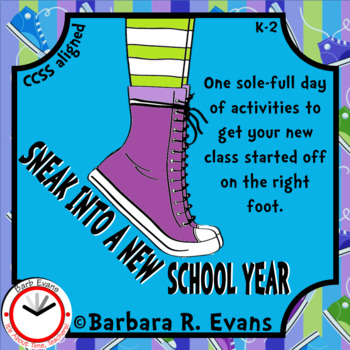It’s about time, teachers, for some creativity! Here’s a fun project that is sure to get your
students’ creative juices flowing.
Challenge your students’ creativity with vanity license plates. Vanity plates are car license plates that convey a personalized message
using just 8 letters and/or numbers.
Many vanity plates have cryptic messages that symbolize something
important to the owner. The message may
tell something about the person’s:
appearance --
personality --
accomplishment --
occupation --
or philosophy --
Present several examples, asking your students to deduce the
meaning. This will get your class into
the right frame of mind for creating
vanity plates. Then challenge them to design 2 vanity plates.
The first license plate should describe someone or something well
known. For example:
- A famous person like Abe Lincoln, Frederick Douglas, or Christopher Columbus
- An occupation such as cook, artist, or computer programmer
- A fictional character like Cinderella, Superman, or the 7 dwarves
- A fictional place such as Never-Never Land or the Land of Oz
- A well-known site such as Mount Rushmore or the Eiffel Tower
- An historic event like the 1st moon landing or the Civil War
The second license plate should describe something unique to the
student. It may be a personality trait,
a favorite activity, a goal, an accomplishment, or a message s/he wishes to
express.
Encourage your students to think of several ideas before selecting the
license plates that suit them best. Fluency
of ideas often leads to increased creativity.
Distribute 2 templates to your students and encourage them to use upper
case letters. Numbers can be used for
words (1 for ONE or WON, 8 for EIGHT or ATE).
Alternate or incomplete spellings are absolutely acceptable (CS for SEES
or SEAS, or EZ DUZ IT).
Display the vanity plates on a bulletin board in the hall. Then prepare for traffic jams as
spectators gather to decipher the messages.
Enjoy!































